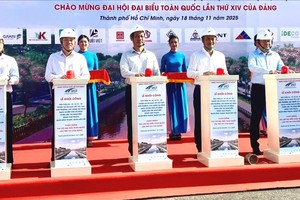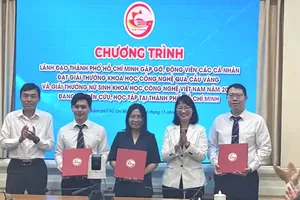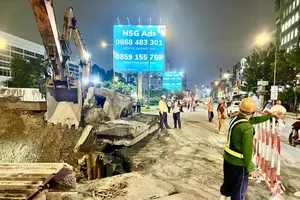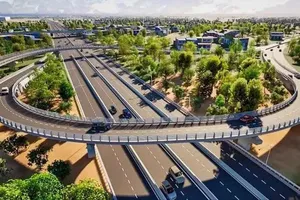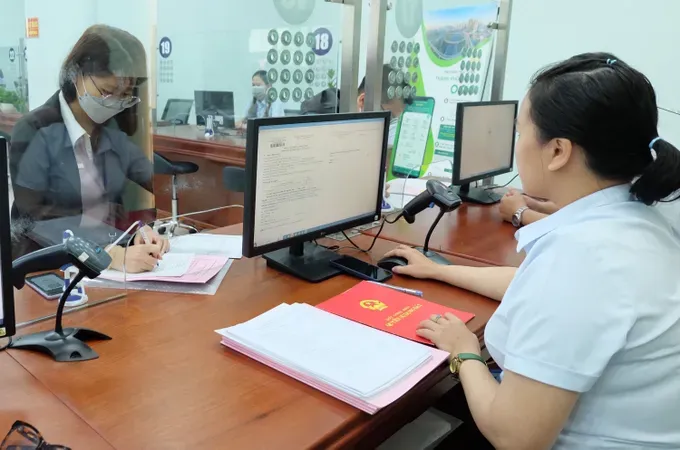
HCMC is currently in the critical trial phase of its two-tier local government model, with preparations underway for its official launch on July 1. This historic milestone promises a comprehensive reform of the administrative apparatus to better serve its citizens.
It is, however, accompanied by significant risks, demanding cautious and deliberate steps to ensure this turning point becomes a true catalyst for development.
The HCMC People’s Committee has structured the trial into two phases for control and flexibility:
- Phase 1 (by June 13) focuses on essential public administrative services to prevent disruption for citizens and to test foundational processes like document handling;
- Phase 2 (following June 15) will expand the trial to include services involving city-level departments and agencies.
The test obviously focuses on practical services that directly impact residents and businesses. Key trial areas include operating the Document Management System for all correspondence, processing public feedback via the 1022 portal and the “HCMC Digital Citizen” app, and resolving backlogged files from the former district-level system. A review meeting scheduled for June 26-30 will be crucial for identifying bottlenecks and making timely adjustments.
Despite meticulous planning, HCMC faces formidable challenges. A massive backlog of files and projects requires a transparent handover of responsibilities to avoid overlap or buck-passing.
The city’s IT infrastructure – the very backbone of this digital government model – is a primary concern, with only 25 percent of wards (25 out of 102) currently meeting the necessary standards, creating a tangible risk of processing gridlock.
Furthermore, administrative management software is still being finalized and is not yet fully synchronized. Compounding these issues, commune- and ward-level staff often lack experience with the new procedures, even as their workload has doubled in many areas.
A single faulty link in this chain could stall the entire system. Eliminating the district level also necessitates a clear differentiation of authority between the city and the wards to prevent shirking of responsibility, while the handover of unfinished projects carries the inherent risk of data loss or lack of transparency.
To ensure the success of this new model, several urgent actions are required.
First, a robust legal framework must be finalized, clearly defining responsibilities between the city and ward levels under the principle of “one task, one responsible entity”. This, coupled with seamless inter-agency coordination, is essential for swift and transparent public service.
Second, HCMC must prioritize upgrading its IT infrastructure and management software to ensure 100 percent of wards can offer online public services anytime, anywhere. This is a non-negotiable prerequisite for minimizing wait times and cumbersome procedures.
Third, resources – from personnel and budget to facilities – must be bolstered at the ward level to empower the new frontline of the administration. This includes intensive training for officials on digital file management and citizen services.
Fourth, an independent and transparent monitoring mechanism, complete with specific KPIs and public feedback channels, must be established. Socio-political organizations should also be empowered to provide social oversight and critique to safeguard the interests of citizens and businesses.
Finally, a strong communication campaign is needed to ensure the public understands the new model, their rights, and how to access services. Only by placing citizens and businesses at the very center of this reform can the two-tier government model fulfill its promise of creating a truly service-oriented administration that drives the city’s development.
This transformation into a two-tier government model is a major leap in modern urban management, and its success hinges on political will, operational capacity, and public consensus, with the ultimate measure being a tangible improvement in the quality of service.
